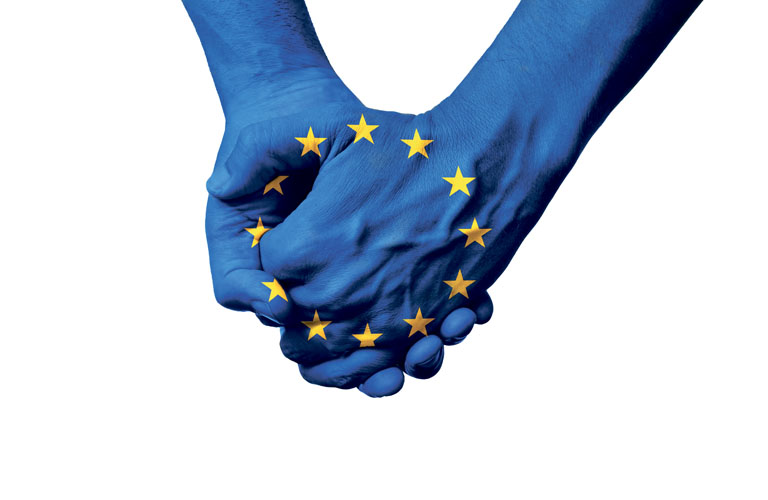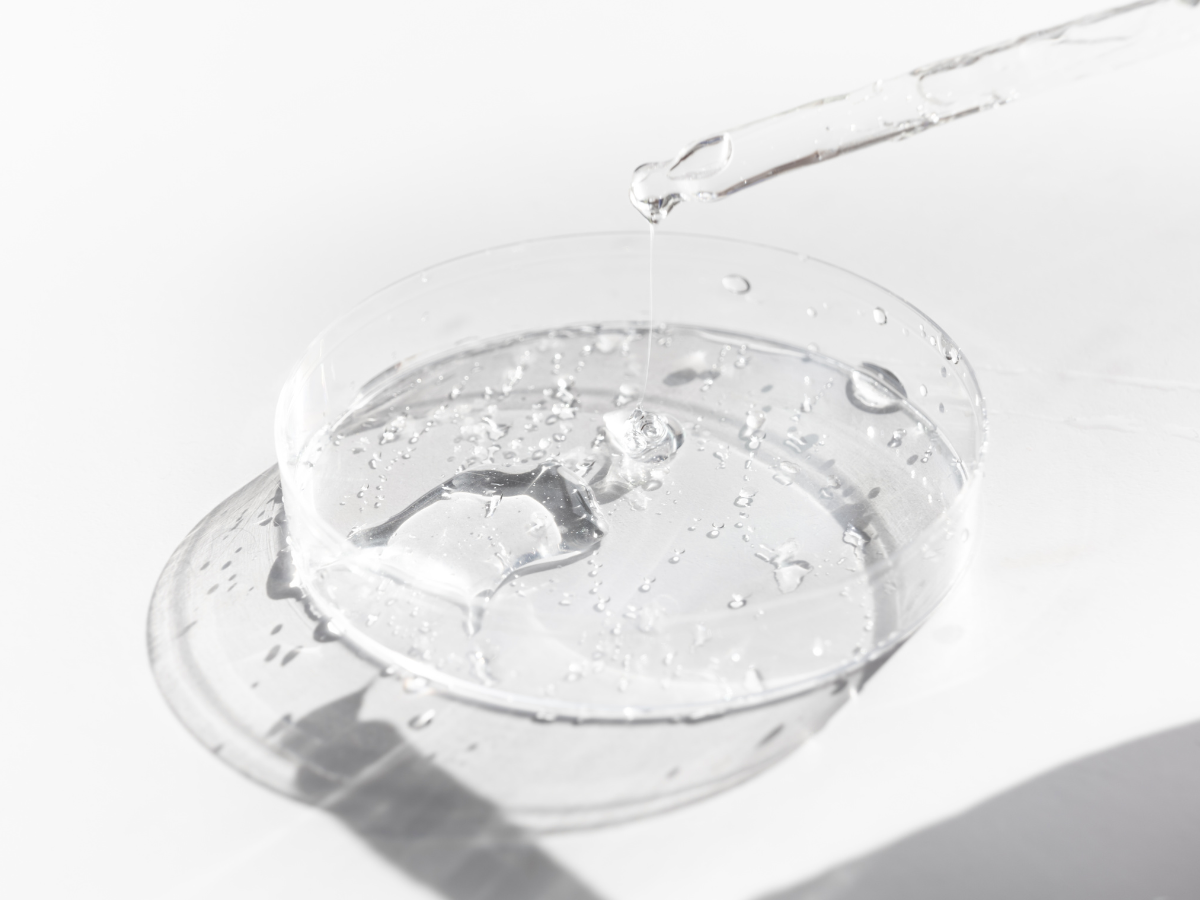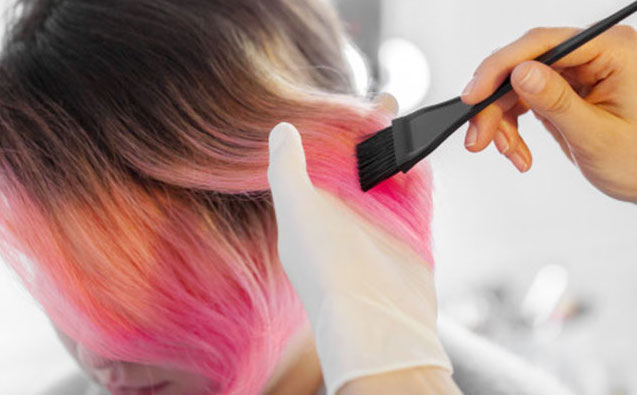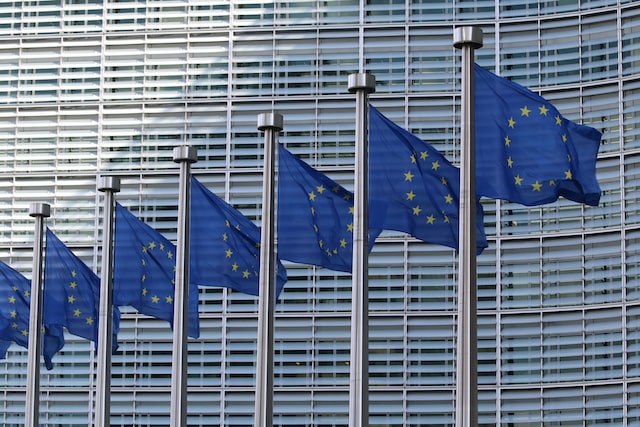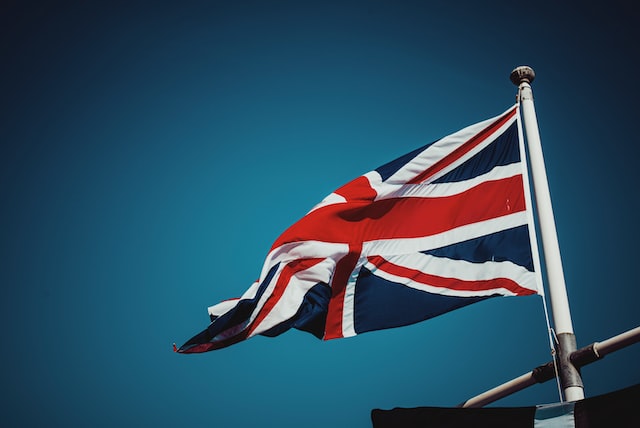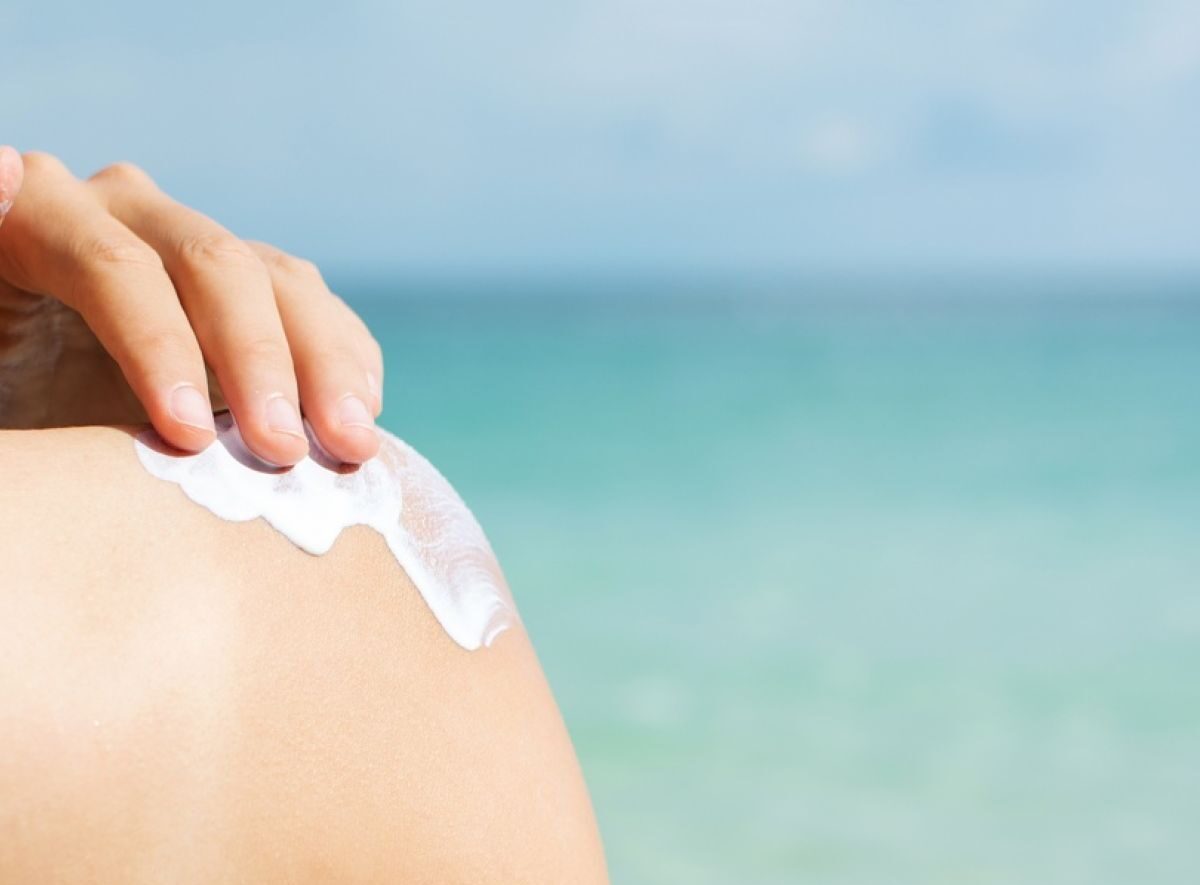WHAT IS A RESPONSIBLE PERSON?
According to the European Regulation on Cosmetic Products (Regulation (EC) No 1223/2009, Article 4), only cosmetic products for which a legal or natural person is designated as a “Responsible Person” can be placed on the EU market. So, the Responsible Person (RP) is an entity established in one of the Member States of the EU.
The manufacturer of domestic products (company who manufacturers or orders the manufacturing under their name) is by default the RP. On the other hand, when a cosmetic product is imported (i.e., manufactured outside the EU), each importer is by default the RP for the specific product he places on the market. However, the manufacturer or importer may contractually appoint a third party to become the RP, who must accept it in writing (written mandate).
When a distributor places a cosmetic product on the market under his name or trademark or modifies a product beyond label translation, he becomes the RP of the such product.
RP RESPONSABILITIES
The RP is fully responsible for safety and legal compliance.
Before placing a cosmetic product on the EU market, the RP must ensure that it has undergone a safety assessment and that the cosmetic product is considered safe for human health when used under normal and reasonable foreseeable conditions of use.
The electronic notification of the cosmetic product in the Cosmetic Product Notification Portal (CPNP), before making the product available on the market, shall be made by the RP. (see previous post)
The RP needs to keep a Product Information File (PIF) and make it readily accessible to the competent authority of the Member State in which the file is kept.
This entity must be clearly identified (name and address) to authorities and consumers through product notification and labelling. This means that the name (or registered name) and the address of the Responsible Person must be indicated in the label of the cosmetic product. Products without and identified RP will be stopped at customs or withdrawn from the market.
Post-market surveillance, such as reporting serious undesirable effects to the competent authority, is also a responsibility of the RP.
Some other obligations of the RP are related to: restrictions for substances; animal testing requirements; product claims; labelling requirements; and others.
In sum, each cosmetic product placed in the EU market must have a Responsible Person, who shall ensure full compliance with Regulation (EC) No 1223/2009 on cosmetic products.
If you need any information regarding this or other subjects, fell free to contact us at info@criticalcatalyst.com.
References:
- Regulation (EC) No 1223/2009 of the European Parliament and of the Council of 30 November 2009 on cosmetic products.

